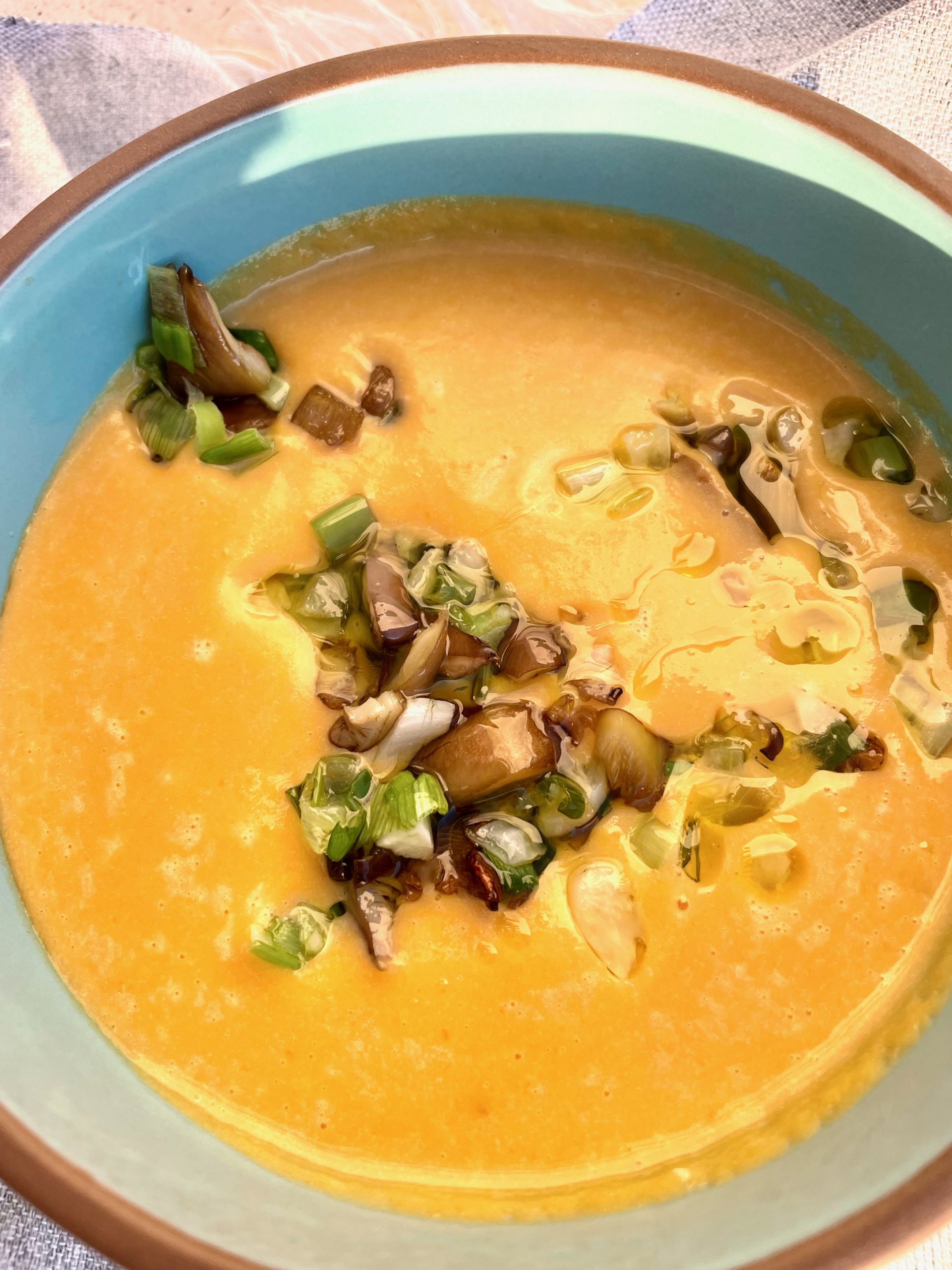If you suffer from trauma or have PTSD, or even are under chronic stress causing excessive release of adrenaline, you should try taking a niacin supplement of around 20 mg per day because adrenaline block the conversion of tryptophan to niacin. One key source of niacin for your body is the amino acid tryptophan.
The UL of niacin is 35 mg, and even though it is a water soluble vitamin, exceeding the UL can cause damage to the kidneys or glucose control. A supplement of 20 mg per day is suggested to safely avoid the UL. This can easily ocur from fortified foods which provide the synthetic form of niacin, nicotinic acid, unlike the food forms which are NAD(H) and NADP(H). Fortified foods are everywhere, for example if you ate pizza or a pastry from a restaurant. It is also assumed that you are eating tryptophan containing foods and plenty of beans which also provide niacin. By increasing your niacin levels you can decrease your oxidative stress which will overall lower inflammation levels which will decrease your pain and nervous system reactivity. Additionally it is easier to heal when your body is receiving all the nutrients you need.
Bioavailability of Niacin is Increased by B6, Riboflavin, Iron, and Animal Protein
Various factors influence niacin levels in the body, including the availability of other nutrients like vitamin B6, riboflavin, and iron which are required to convert L-tryptophan into niacin equivalents. If you are deficient in these vital nutrients you can have an effective niacin deficiency even if you are consuming enough tryptophan and niacin (IOM et al., 2006) (Organization, 2004). Factors that enhance tryptophan conversion to niacin include high-quality protein, unsaturated fatty acids, thyroxine hormone, pregnancy, and phthalate esters. Conversely, low tryptophan diet, low B1 or B6 intake, adrenaline, estrogen, and certain diseases inhibit tryptophan conversion to niacin (IOM et al., 2006).
Varios factores influyen en los niveles de niacina en el cuerpo, incluyendo la disponibilidad de otros nutrientes como la vitamina B6, la riboflavina y el hierro, los cuales son necesarios para convertir el L-triptófano en equivalentes de niacina. Si tienes deficiencia de estos nutrientes esenciales, puedes sufrir una deficiencia efectiva de niacina incluso si estás consumiendo suficiente triptófano y niacina (IOM et al., 2006) (Organización, 2004). Los factores que mejoran la conversión de triptófano a niacina incluyen proteínas de alta calidad, ácidos grasos insaturados, la hormona tiroxina, el embarazo y los ésteres de ftalato. Por el contrario, una dieta baja en triptófano, baja ingesta de B1 o B6, adrenalina, estrógeno y ciertas enfermedades inhiben la conversión de triptófano a niacina (IOM et al., 2006).
Supplementation is Contra-Indicated in Those with Glucose Dysregulation, and Others
If you are supplementing and eating niacin fortified foods, the UL could be less tolerable if you have health issues ranging from migraine, IBS, alcoholism, gout, cardiac arrhythmias, diabetes, liver disease, or active peptic ulcer disease (Meyer-Ficca & Kirkland, 2016). If pre-pregnancy you had an issues with your blood sugar such as dyslipidemia, metabolic disease, or diabetes you should avoid any supplement that contains niacin because niacin supplementation decreases glucose control (Meyer-Ficca & Kirkland, 2016). In conclusion, obtaining niacin from natural food sources is safe, as there are no adverse side effects. Pregnant women should carefully consider their niacin intake and consult healthcare professionals when determining the need for supplementation, especially when you have a pre-existing health condition {Sciences, 1998 #607}
References
IOM, et al. (2006). Dietary reference intakes: the essential guide to nutrient requirements, Washington DC: National Academies Press.
Medicine, I. o. (2005). Panel on Macronutrients, Institute of Medicine (US). Standing Committee on the Scientific Evaluation of Dietary Reference Intakes: Dietary Reference Intakes for energy, carbohydrate, fiber, fat, fatty acids, cholesterol, protein, and amino acids, National Academies Press Washington, DC: xxv.
Meyer-Ficca, M. and J. B. Kirkland (2016). “Niacin.” Advances in Nutrition 7(3): 556-558.
Nutrients, I. S. o. U. R. L. o., et al. (2000). Dietary reference intakes for thiamin, riboflavin, niacin, vitamin B6, folate, vitamin B12, pantothenic acid, biotin, and choline, National Academies Press.
Organization, W. H. (2004). Vitamin and mineral requirements in human nutrition, World Health Organization.
Sciences, N. A. o. (1998). Dietary reference intakes for thiamin, riboflavin, niacin, vitamin B6, folate, vitamin B12, pantothenic acid, biotin, and choline, National Academy Press Washington, DC.







